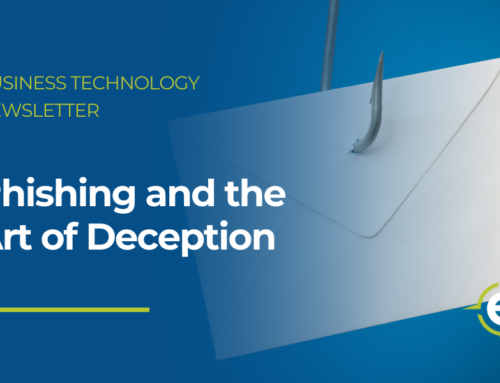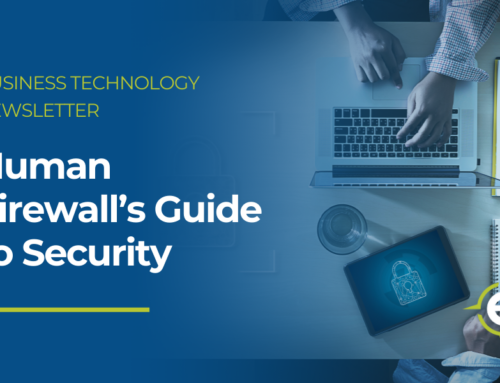Preventing Identity Theft
Imagine receiving an invoice for a service you didn’t subscribe to or discovering inquiries on your credit report that you didn’t authorize. Both scenarios could indicate that someone has stolen your digital identity. How? In many cases, identity theft directly correlates to data breaches — the umbrella term given to any security incident resulting in unauthorized access to sensitive information.
Full names, home addresses, phone numbers, national identification numbers, and other forms of data give criminals what they need to commit identity theft. As such, protecting that information is paramount to ensuring identities remain secure.
Here’s how you can help:
Always follow policy
Policies are designed with the intent to ensure confidential information remains confidential. Circumventing them — regardless of the reason — undermines those intentions and could lead to data leaks.
Remain skeptical
Treat requests for sensitive data with a high degree of skepticism. Avoid assuming someone is who they claim to be, and take extreme caution whenever you access or transfer personal information.
Stay alert for phishing attacks
Carefully scrutinize messages and learn to spot warning signs such as poor spelling, threatening language, a sense of urgency, and suspicious links or attachments. Think before you click!
Avoid removable media
USB flash drives are easy to lose and are often used by cybercriminals to spread malicious software that steals data. Never plug in a USB device that doesn’t belong to you.
Utilize strong passwords
Protect every account with a strong, unique password. Consider implementing multi-factor authentication (MFA), a security feature requiring a second code before granting access.
Report suspicious activity
While protecting information requires a proactive approach, it’s important to be reactive when something seems off. Report all security incidents or suspicious situations immediately.






